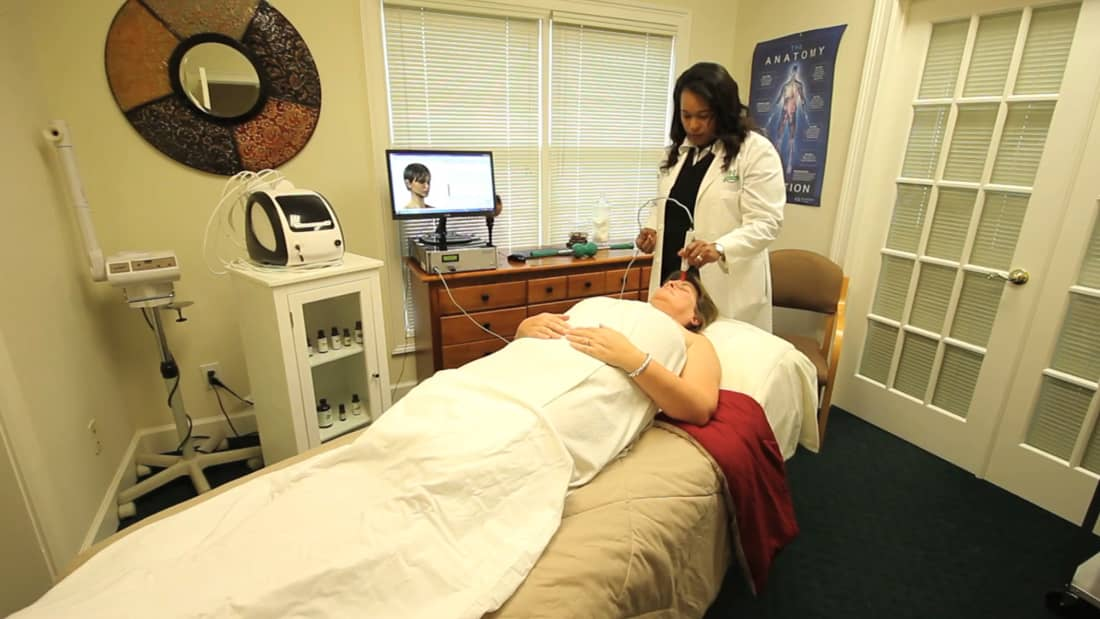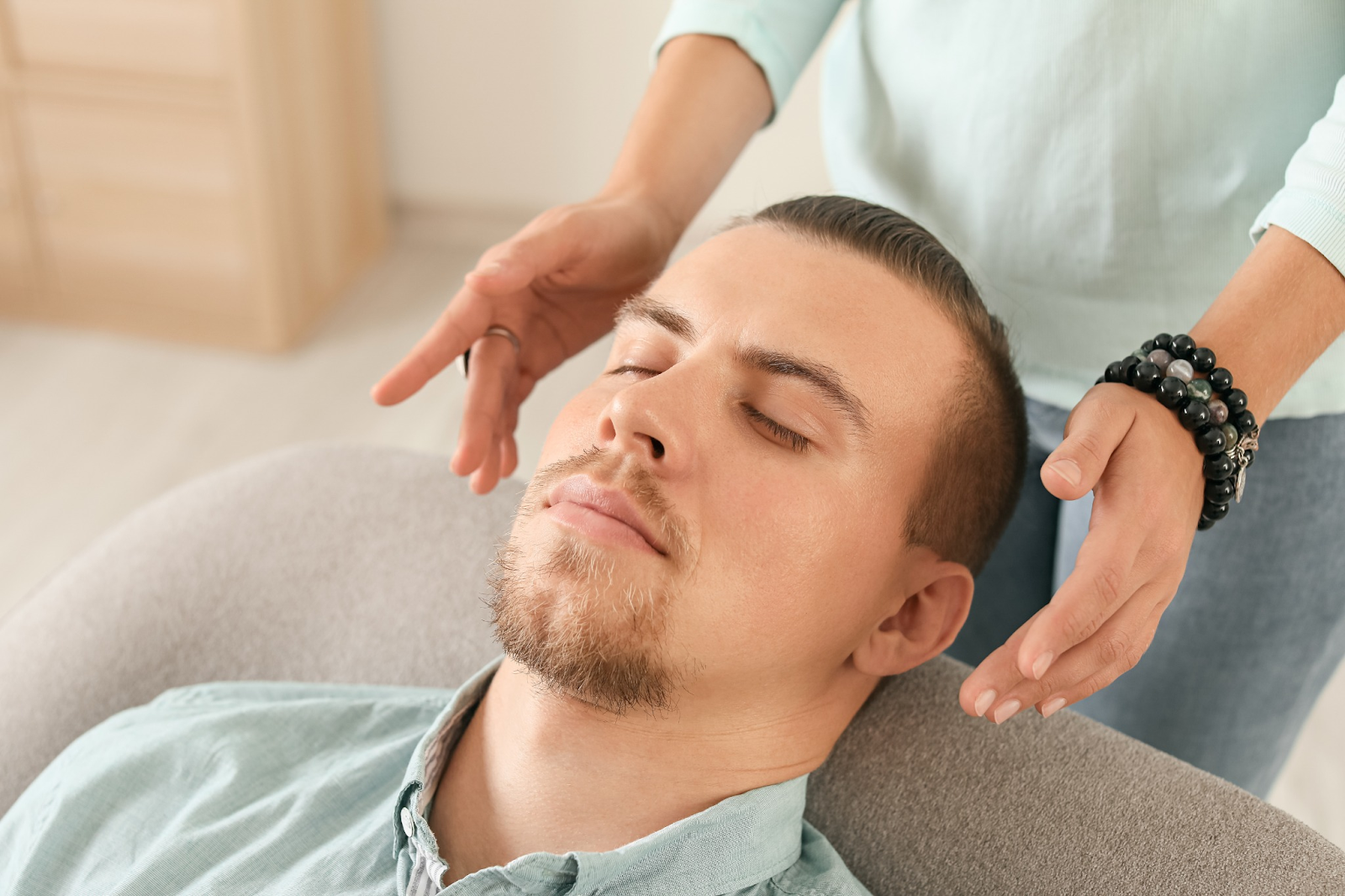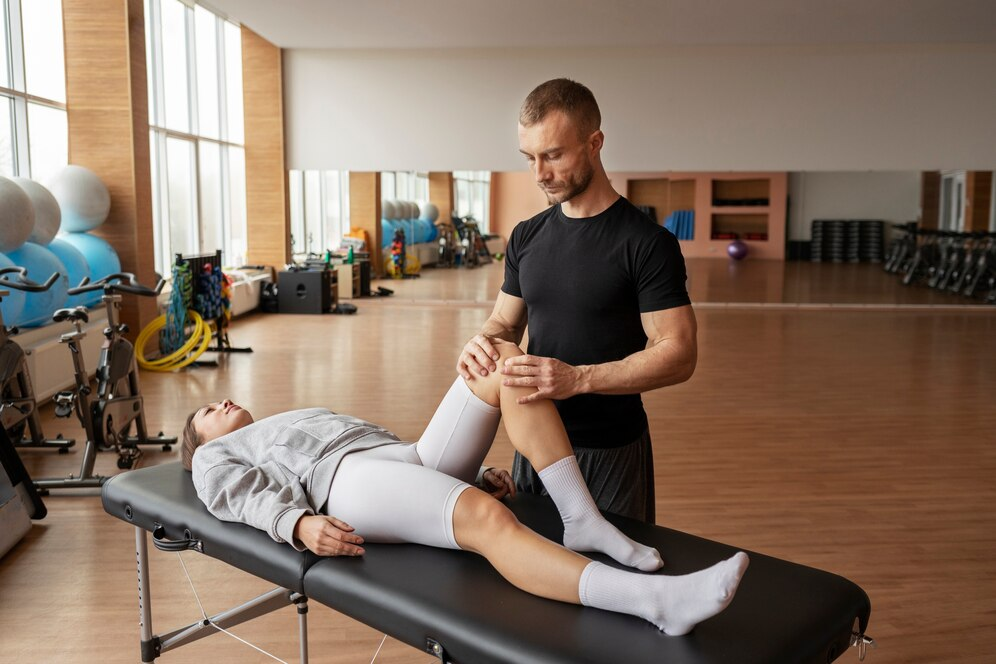Discover Your Perfect Healer Today!
Our online practitioner directory connects you with a wide range of healers to suit your unique needs.
Easily search and find the right professional to support your wellness journey.
Start exploring today to find your perfect match.
Modality
Disease
Books
Products
Events
Training
Blogs
Homeopathy
How to Determine if Homeopathy is Legitimate?
Are you tired of the same old healing methods? Do you ever wonder if there is something more to it than just conventional medicine? Today, ...
Read More → Written by
James Williams
Holistic Medicine
Understanding the Difference: Naturopathic Doctor vs. Holistic Doctor
In recent times, there has been an upsurge of interest in alternative and complementary medicine. As individuals look for more natural approaches to healthcare, two ...
Read More → Written by
John Smith
Reiki Healers
Global Insights: Exploring Cultural Perspectives on Reiki Healing
Reiki healing is a Japan-originated spiritual practice that has been proven to promote good health irrespective of geographical concepts. Due to the uniqueness of every ...
Read More → Written by
John Smith
Physical Therapy
Understanding Physical Therapy’s Greatest Challenges
The goal of Physical therapy is to improve and restore functional ability and quality of life of persons with physical impairments or disabilities. However, there ...
Read More → Written by
David Brown
Ayurveda
Embracing Ayurveda: A Holistic Approach to Daily Living
Ayurveda is an ancient Indian healing system that promotes a complete approach to health, incorporating the body, mind, and spirit. According to Ayurveda, the best ...
Read More → Written by
Michael Johnson
Energy Healer
Finding a Qualified Energy Healer: A Comprehensive Guide
The primary principle in seeking energy healing is to find an energy healer who qualifies. Owing to the great number of practitioners that utilize various ...
Read More → Written by
David Brown






